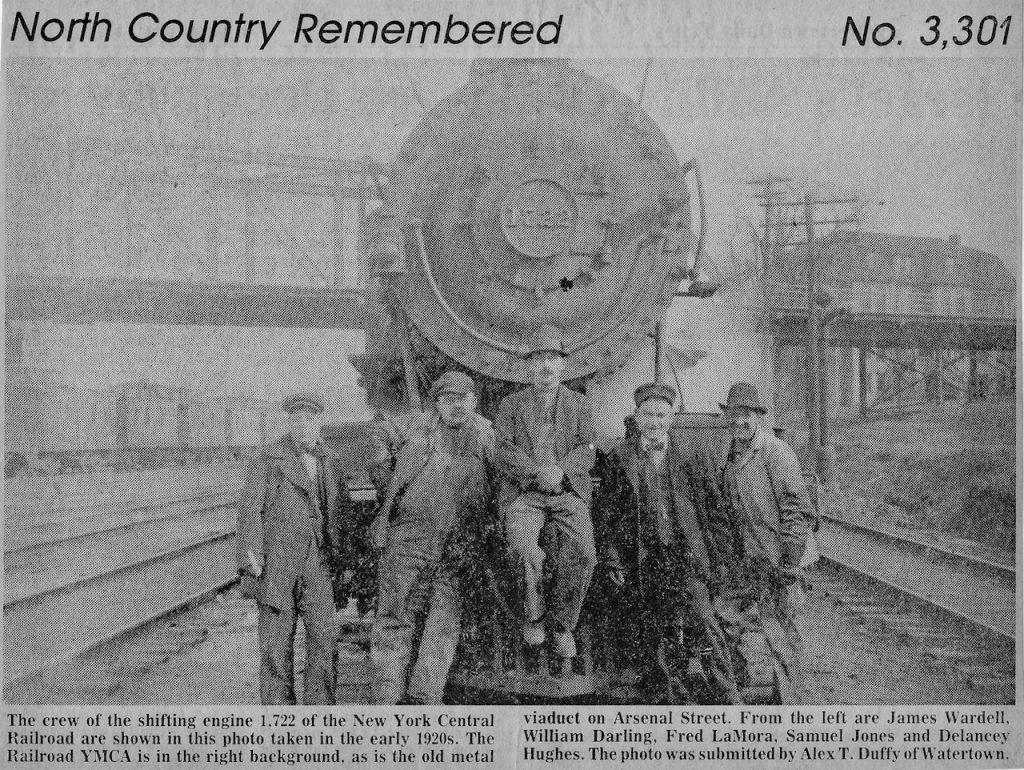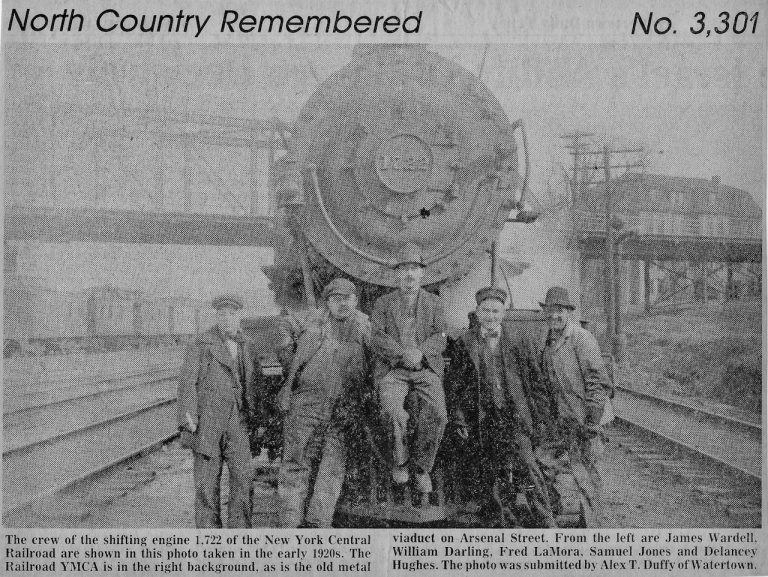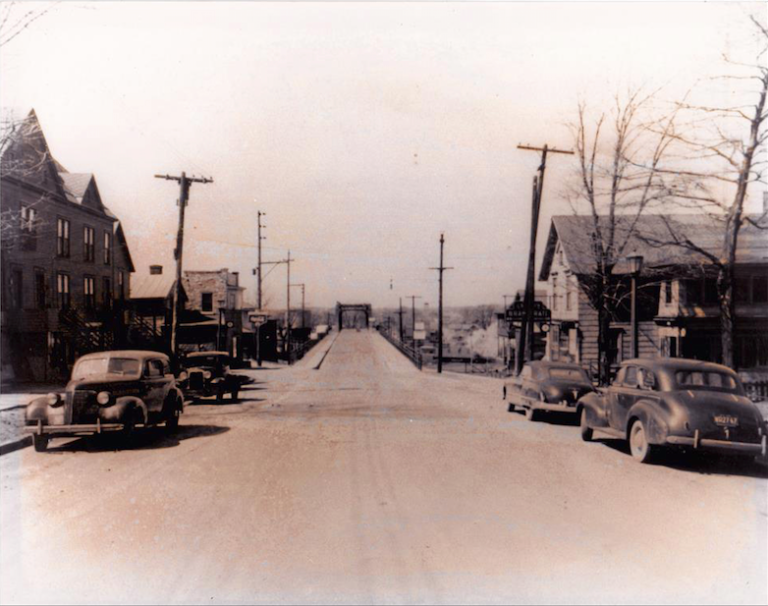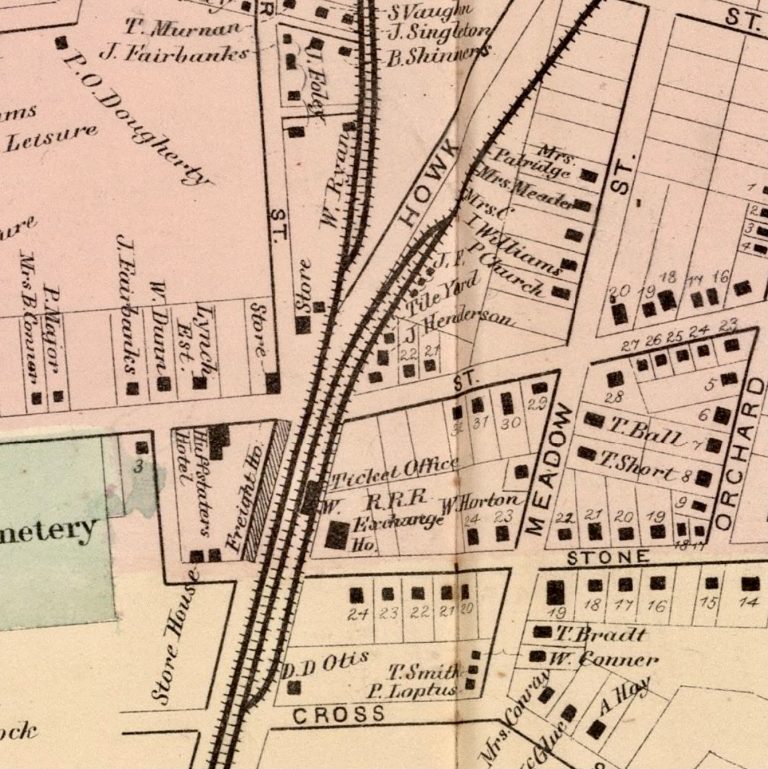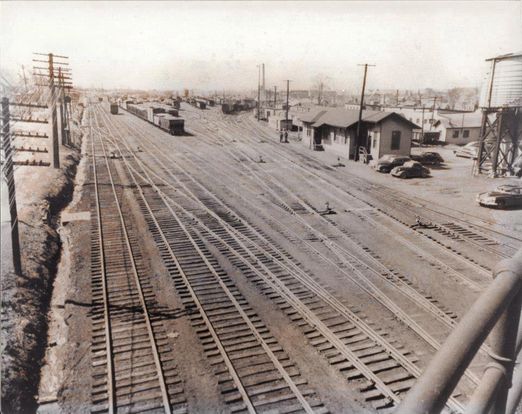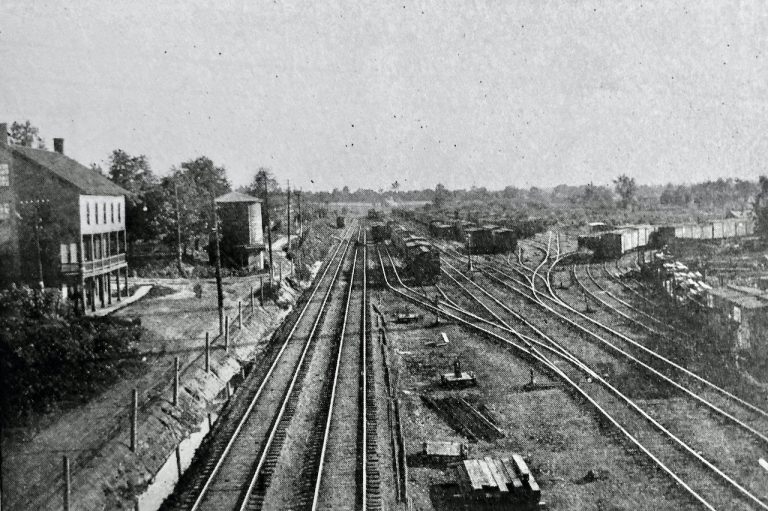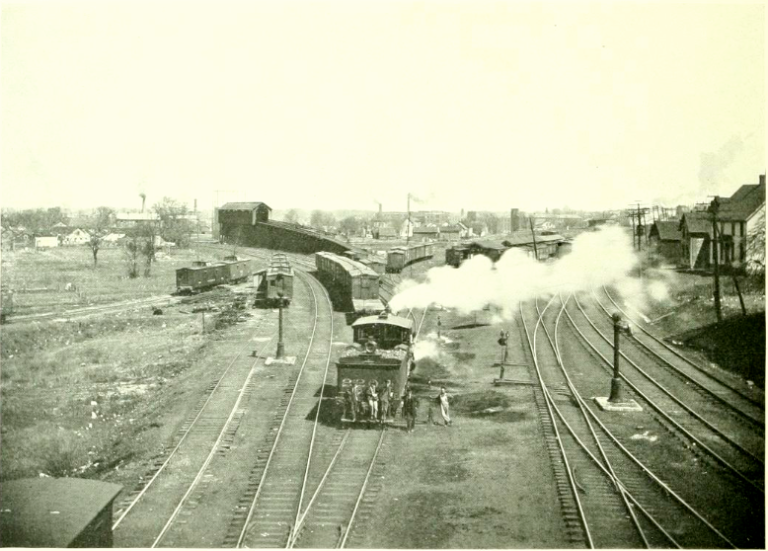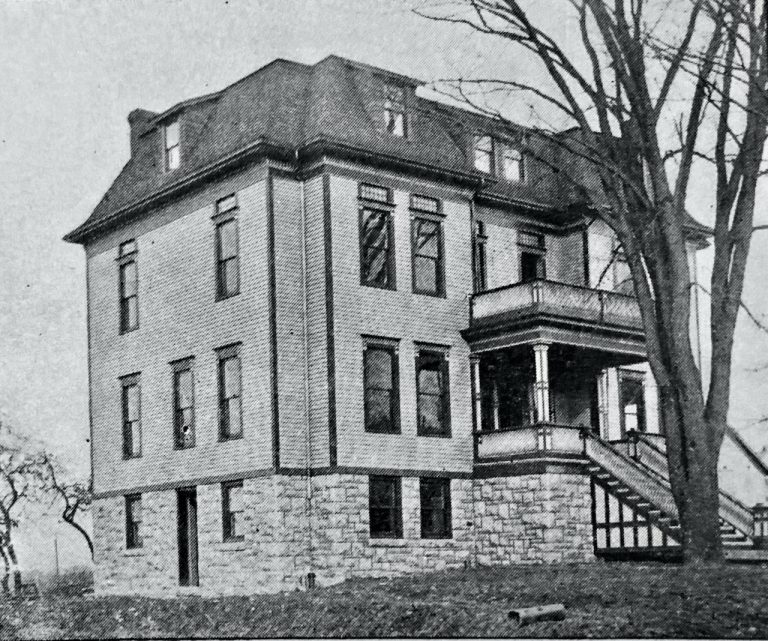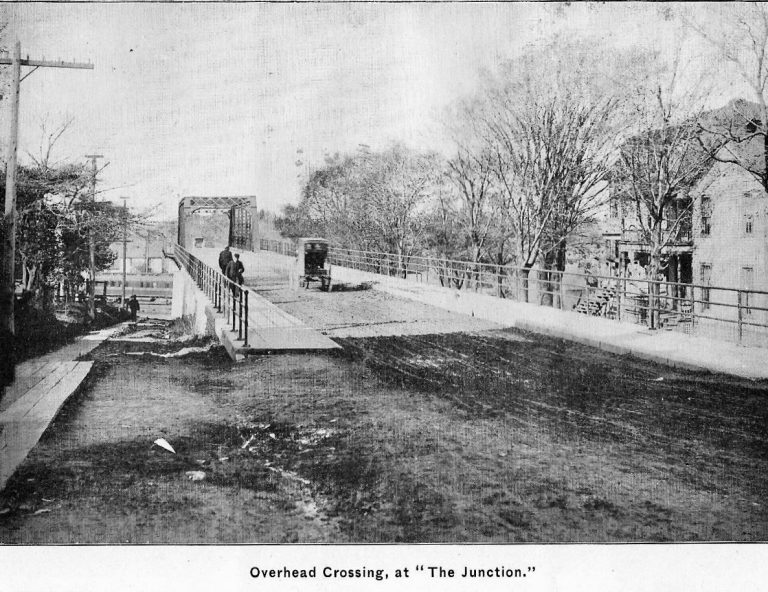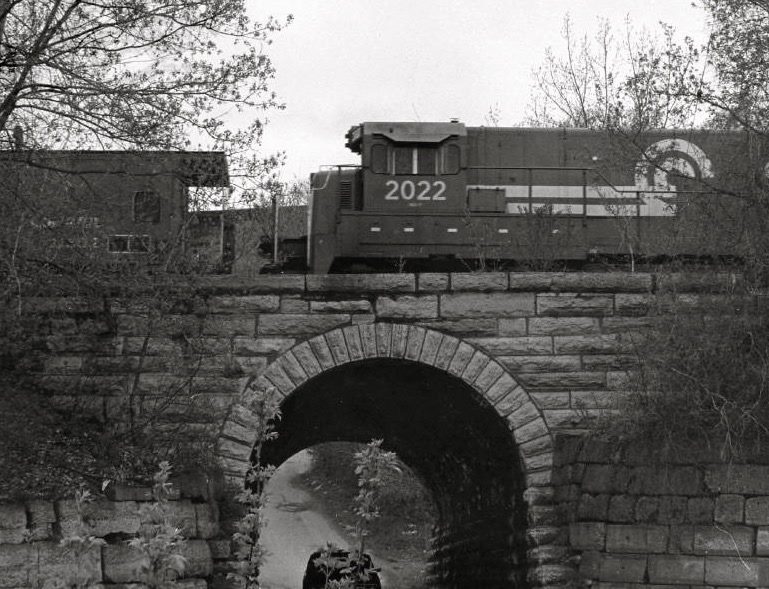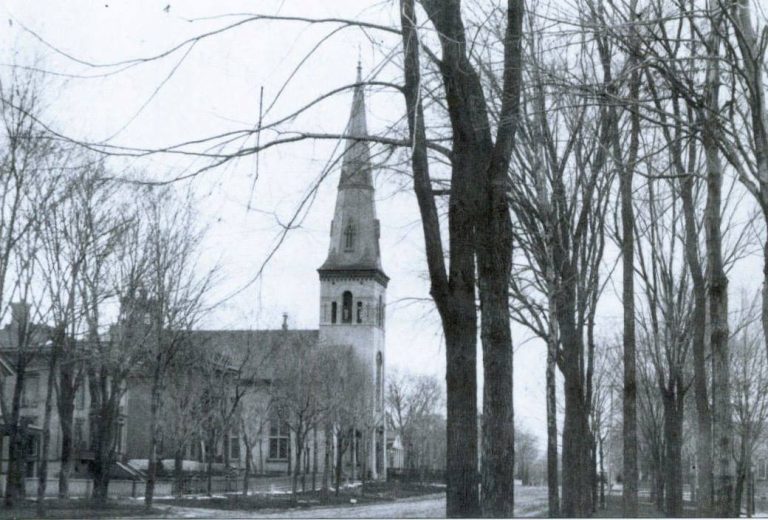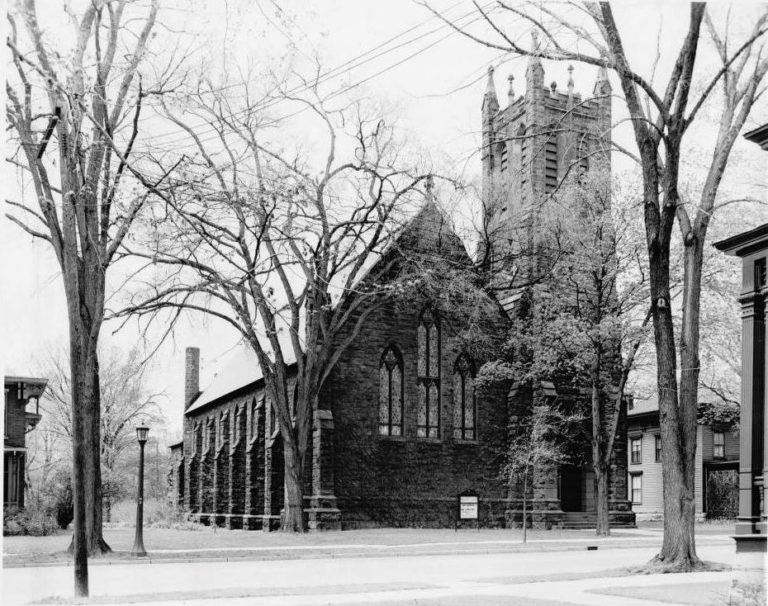The Watertown Junction Rail Road YMCA, Established In 1902
The Watertown Junction dates back to the railways’ first beginnings in the city, but the Watertown Junction Rail Road YMCA wasn’t established until 1904, several years after an effort was made to replace an older, antiquated building serving as a hostelry for the railroad workers.
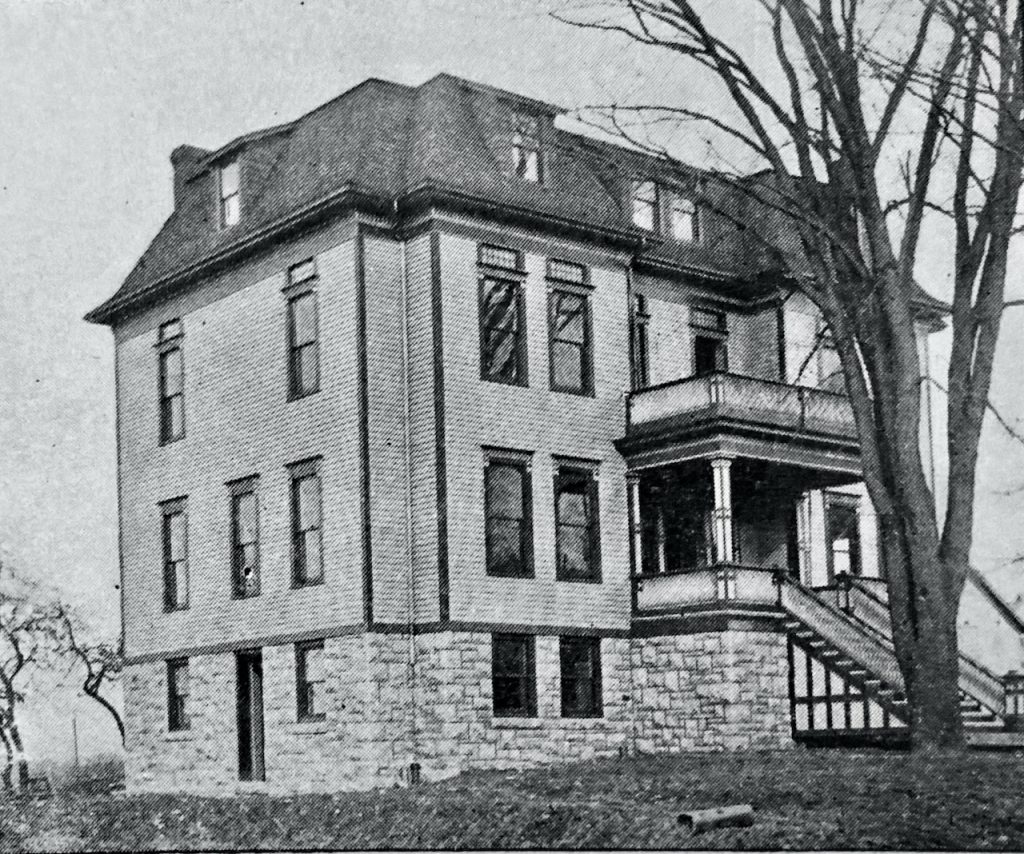
The Junction itself was the center of much activity. With trains coming to and from various locations, as the name junction implies, it was the center of which multiple rail routes diverged or converged. With the amount of rail-switching and traffic, the area had a notorious reputation for high-risk accidents, including amputations, ranging from feet, legs, arms, and even an ear grafted back into place, to several fatalities, which brought about lawsuits.
The Watertown Junction was also a place for large crowds to congregate for welcoming events or say farewell. Crowds of nearly 1,000 or more would await the arrival of the traveling circuses, staying to watch the exotic animals shepherded off their cars and into nearby crates.
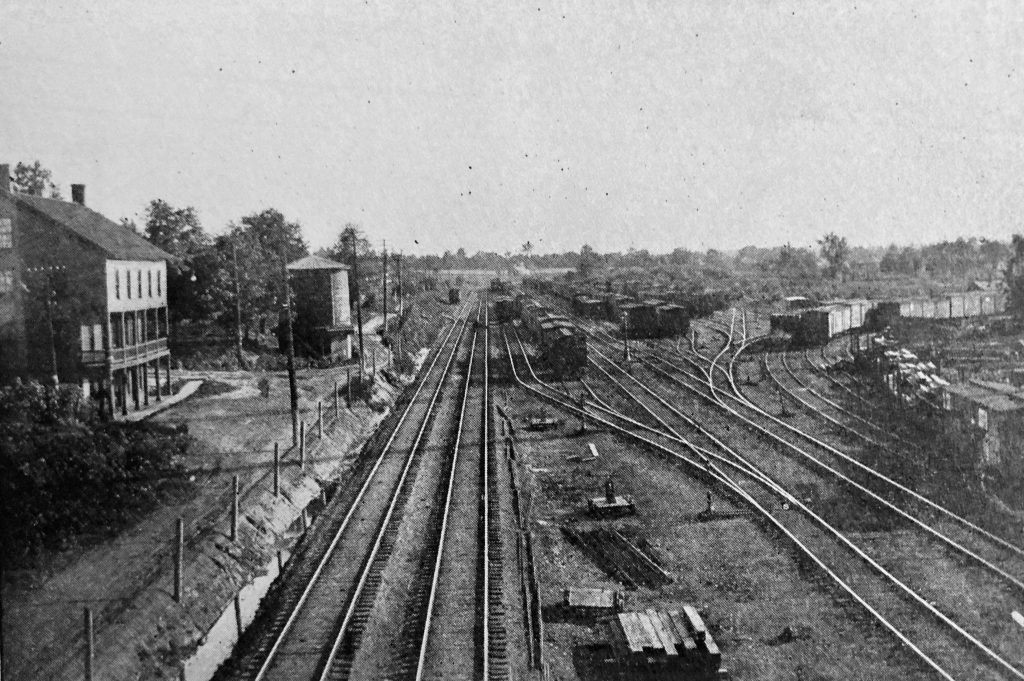
On April 26, 1905, the Watertown Re-Union documented the big crowd seeing the Fighting Ninth Brigade off to the Philippines–
Upwards of 575 soldiers, constituting the portion of the 9th Infantry stationed at Madison Barracks, Sackets Harbor, passed through this city Sunday afternoon between 4 and 6, having just begun the long journey across the continent to San Francisco. The regiment will proceed thence by transport to the Philippines for two years’ eastern service.
Fully 2,000 people, residents of Watertown and vicinity, were at Watertown Junction when the trains constituting the regimental conveyances passed through this city. Three special trains with aggregate of 22 cars were transporting the troops, their baggage, equipment and rations.
It was shortly after 2 Sunday afternoon when the crowd began assembling at the Junction to see the soldiers leave, and people continued to come for two hours or until upwards of 2,000 were assembled on the Junction platform, upon the overhead platform, upon the overhead crossing and along each side of the tracks for several rods.
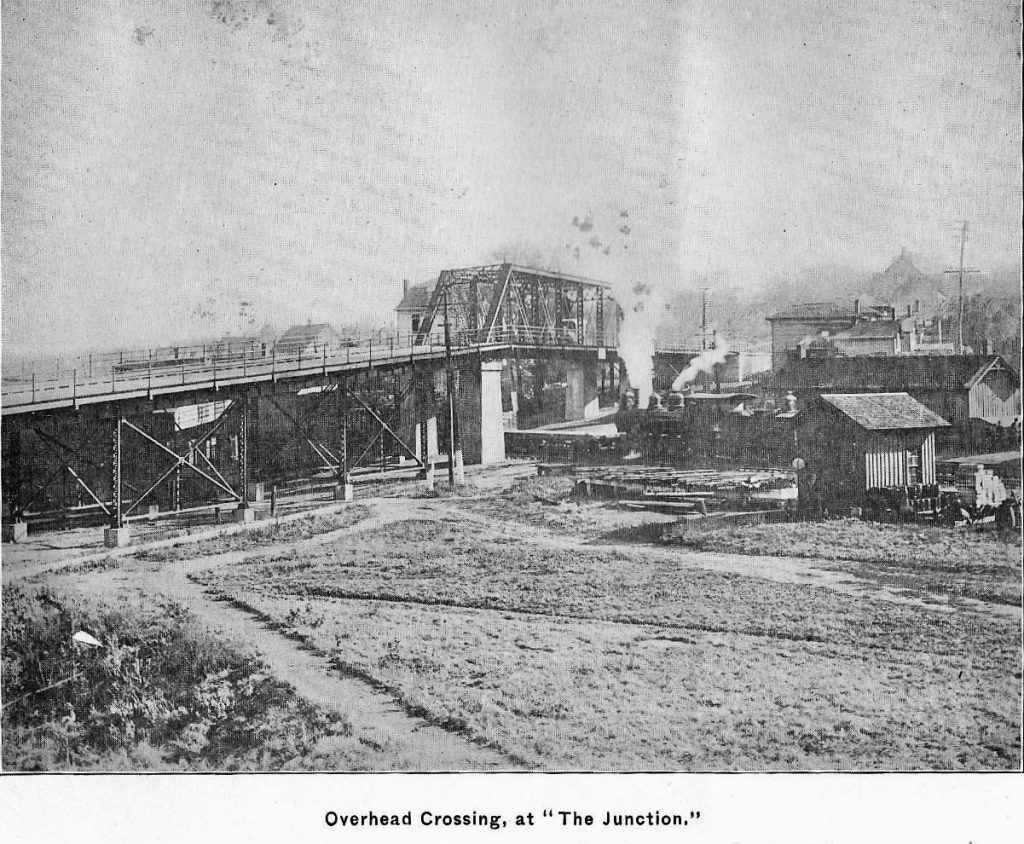
Two weeks later, on May 7th, 1902, groundbreaking began for the new Watertown Junction Rail Road YMCA. Designed to give the rail workers a place near their job site, the YMCA concept had proven popular around other, more prominent city junction locations. The December 24th edition of the Watertown Daily Times detailed the new building a few days ahead of its opening—
The new YMCA building at the Junction is a realization of a dream that was conceived several years ago and has just reached its fruition and full development. The real work to raise the funds was started about three years ago when dues from the Railroad YMCA men who used the old and inadequate building at Watertown Junction, the proceeds from excursions, entertainments, etc., turned a nucleus for a building fund.
The new building has three floors above the basement, which is nearly all above ground. In the basement are the bath-rooms, the boiler room and a kitchen and dining room, where meals – good, hot, wholesome, stomach filling meals – are to be furnished to members at cost. The basement part of the building is of Gouverneur marble, and it is unnecessary to add that no freight was paid on it. The other parts of the building are of wood.
On the first floor is a good billiard room. A lounging room and an office for the secretary, besides a commodious reading room and library. On the second floor there is a lecture room that will comfortably accommodate 300 or more people and a room for the Ladies’ auxiliary.
On the third floor are 17 sleeping rooms, clean fresh and delightful to the man who comes in tired and worn from a long run, possibly from hours of “bucking snow” with a plow. All of these rooms have wide windows, are airy, sunny and heated with steam and lighted by gas and electricity.
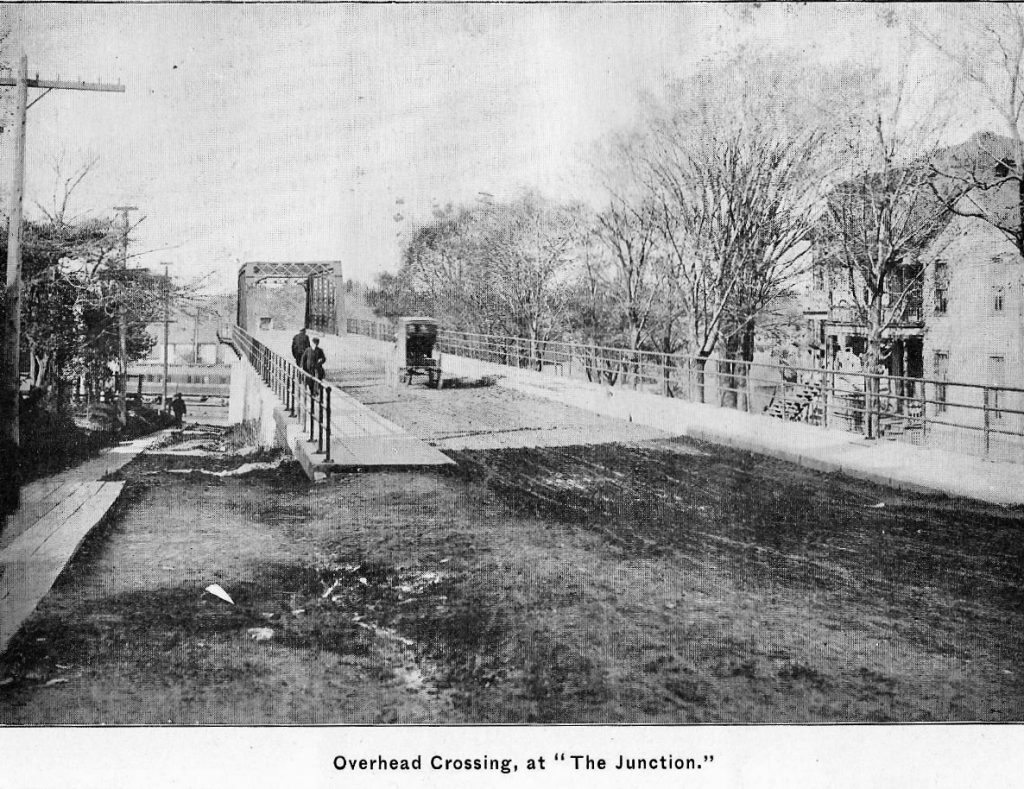
The Watertown Junction Rail Road YMCA’s dedication drew 1,500 railroad men and their wives from parts of the R. W. & O. Division (Watertown and Oswego were the Headquarters.) The Watertown Re-Union reported of the railroad junctions YMCA in their New Year’s Eve edition: “At 2:30 Sunday afternoon, when dedicatory services began, the building was filled from ‘cellar to garret.'”
It’s unknown when the Watertown Junction Rail Road YMCA was razed, but it appears from photos taken in the 1950s that it was already gone by then.
